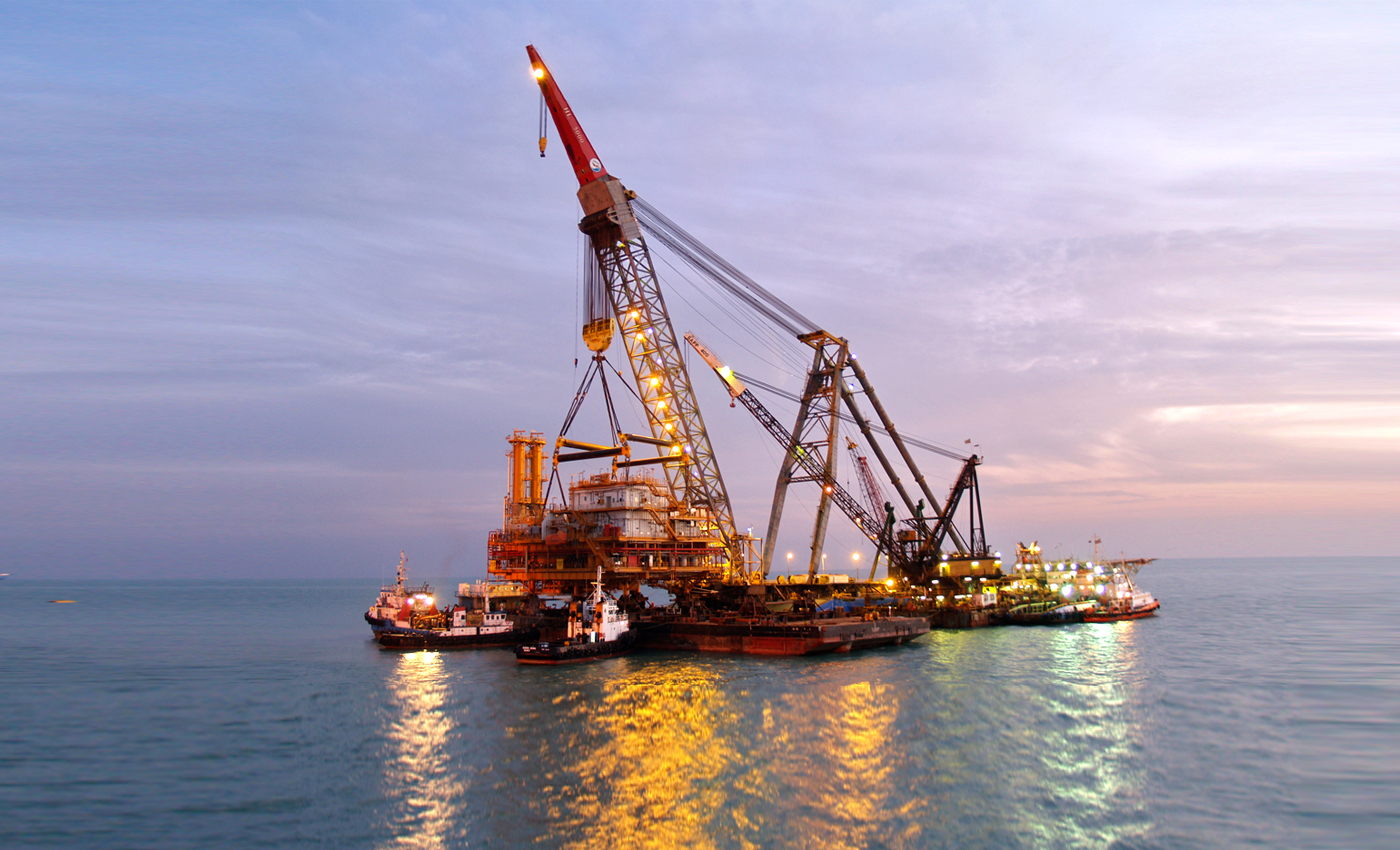Talks are underway with international companies over a string of oil projects that could lift oil output capacity by 1.7 million barrels per day, Oil Minister Bijan Namdar Zanganeh said at the weekend.
"If negotiations bear fruit, our crude oil production capacity can increase by 1.7 million barrels a day or more," Zanganeh said in an interview on state TV late on Saturday, Shana reported.
Iran is pumping around 3.8 million bpd of crude oil and condensates, a type of ultra light crude. The expected rise would raise output capacity to 5.5 million bpd, or about 1 million bpd above the current production level of Iraq, the second largest OPEC producer ahead of Iran.
But Zanganeh suggested that the higher production target should be regarded with caution.
"We indeed have a difficult task…because some of the work depends on us and the rest is contingent on the domestic and international political climate," he told the live program.
The government of President Hassan Rouhani struck a deal with the six world powers in 2015 that eased international economic sanctions in exchange for curbs on Iran’s nuclear program. But the moderate administration has faced mounting pressure from powerful political opponents against foreign investment they claim can impinge on national interest.
Revival and resurgence in the oil and gas sector is also under threat by the mercurial US President Donald Trump and his oft-mentioned attempts to dismantle the historic nuclear deal signed two years ago.
Zanganeh said the initial target is to lift crude production to 4.5 million, adding that exports now are in the neighborhood of 2.5 million barrels a day.
"Production capacity is now below 4 million bpd and our target is 4.5 million bpd," he said without giving a timetable.
Iran's upstream oil projects need $130 billion in investment, the minister said, adding that his ministry aims to pool resources from foreign investors and the National Development Fund of Iran.
The biggest foreign investment in an energy project since the lifting of sanctions has come from French energy group Total. It signed a $5 billion deal last year to develop an offshore section of South Pars in collaboration with China's CNPC and Iran's state-run company Petropars.
But the fate of the gas venture is in doubt as Total has said it could pull out of South Pars if its presence in Iran falls foul of unilateral US measures against Tehran.
--- West Karoun Output
Central to efforts to boost oil production is developing West Karoun, an oil block near the Iran-Iraq border that contains an estimated 67 billion barrels of oil.
According to Zanganeh, output from the West Karoun region rose to 305,000 bpd in the month between Dec. 22 and Jan. 20, up from 161,000 bpd in the same spell last year.
Some of the country's biggest oil projects, including Azadegan, Yadavaran and Yaran oilfields that are shared with Iraq, are located in West Karoun.
Likewise, gas production at South Pars, the world’s largest gas field shared between Iran and Qatar, reached 553 million cubic meters per day compared to 470 mcm/d in the same month last year.
"We currently export 12-13 mcm/d of gas to Iraq and 30 mcm/d to Turkey as before," he noted.
-- OPEC Content With $60 Oil
Brent crude, the global benchmark for oil prices, is trading around $70 a barrel, its highest level in more than three years, but Zanganeh said current prices could roil the market.
"OPEC is not interested in an oil price above $60 per barrel. As prices climb, US shale producers lift output. Consequently, prices would fall and OPEC would lose market share."
The top oil official anticipated an agreement between OPEC and non-OPEC to reduce crude supplies will hold for the entire 2018.
"OPEC is unlikely to make a decision [to raise oil production and export]. I believe the supply cut deal will remain in place until the end of this year", he added.
OPEC and 10 other producers, including Russia, are in an agreement to cut output by 1.8 million bpd to ease global inventories and raise prices that nosedived to $27 a barrel in early 2016, the lowest in over a decade.
Iran has agreed to maintain production at 3.8 million bpd under the production cut accord.


